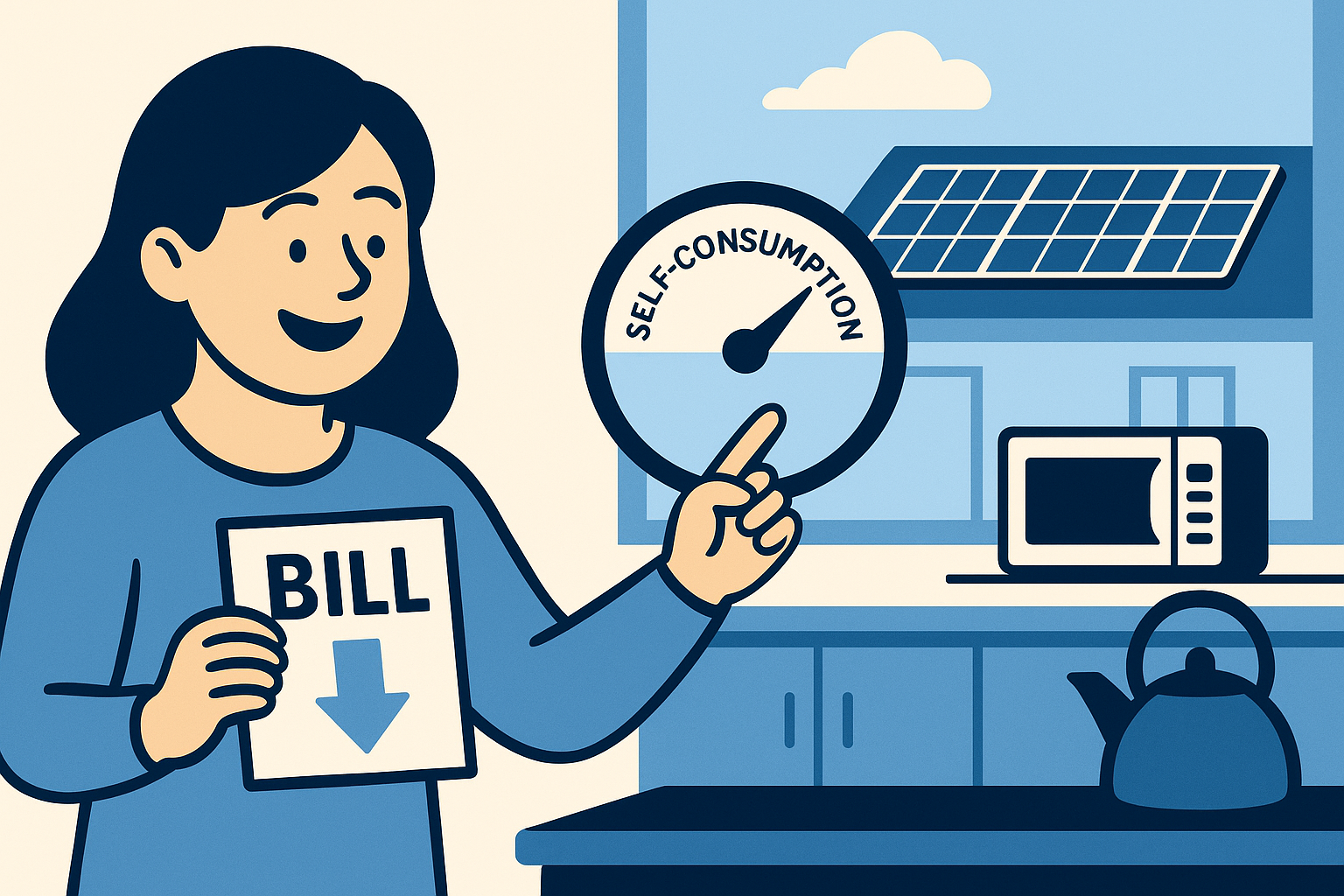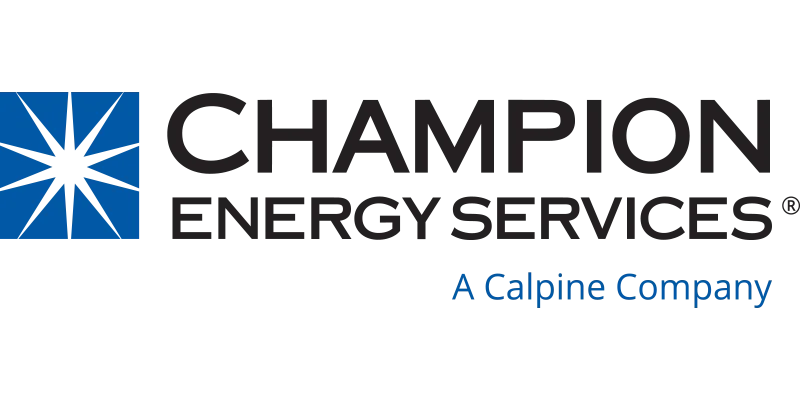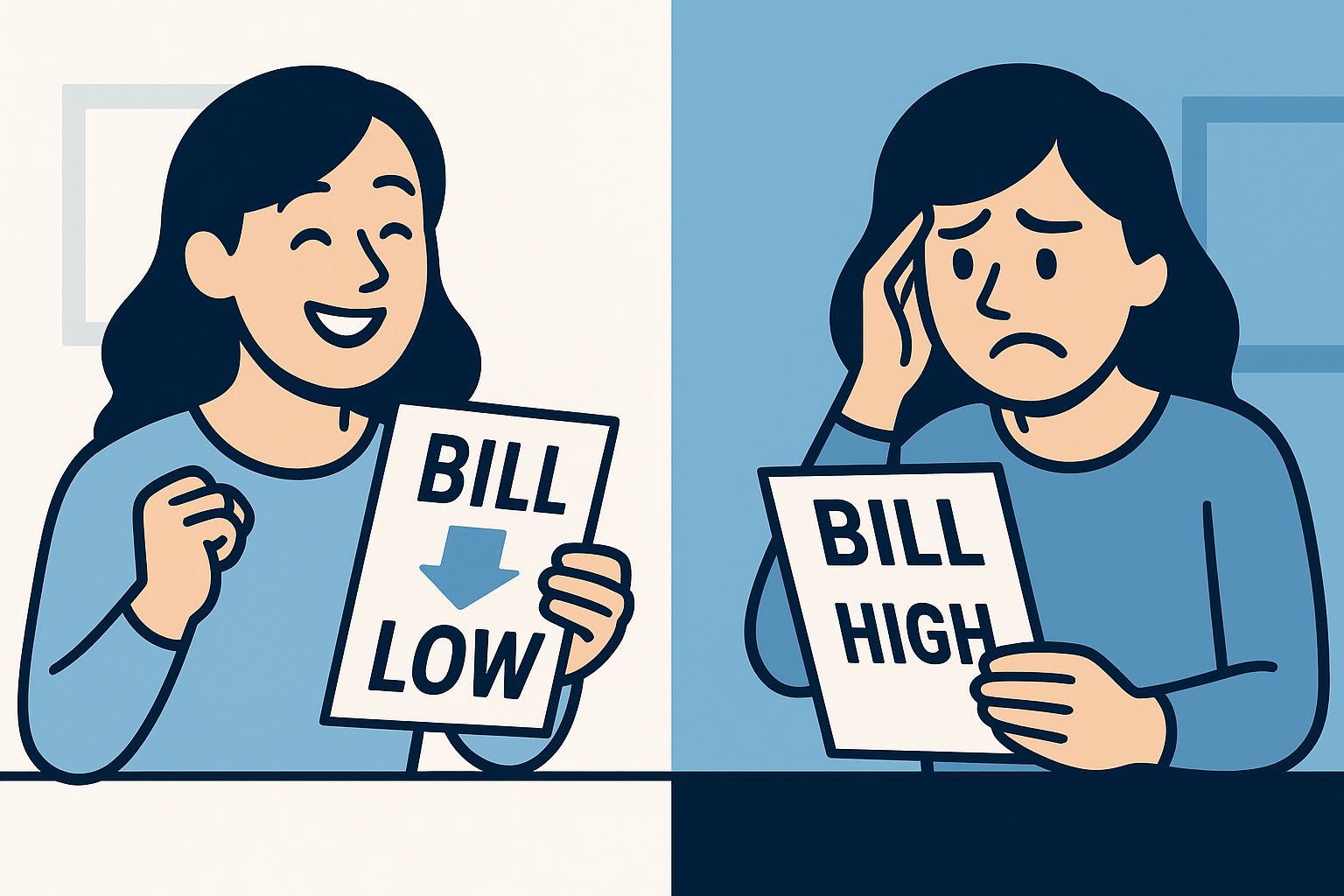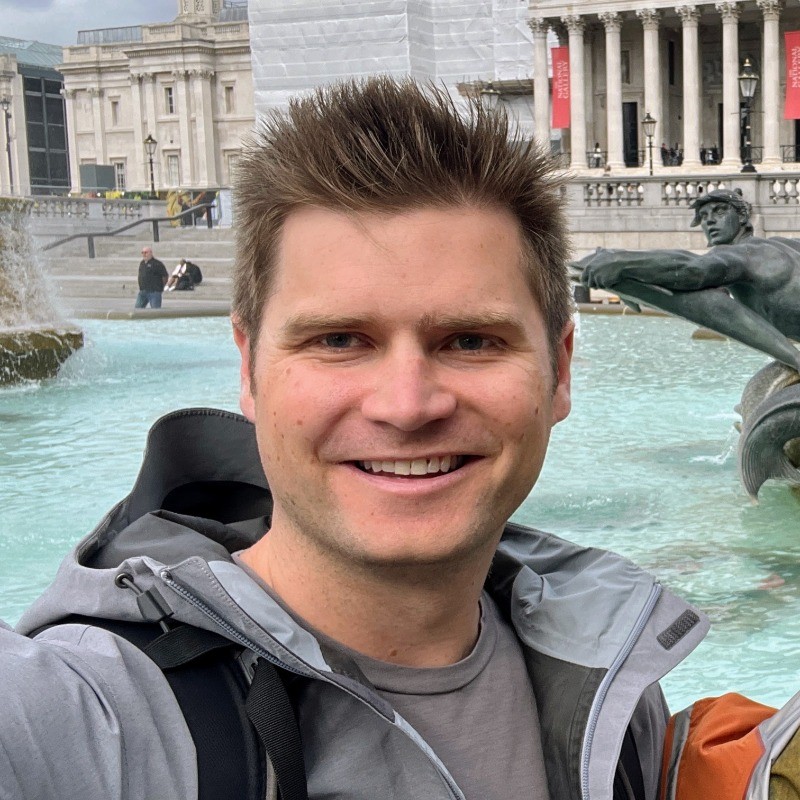Quick Summary
- To get paid for your excess solar production, you need to choose an energy plan with solar buyback.
- There are 30+ buyback plans available, and the wrong choice can cost you $1,000+ annually.
- Your ideal plan depends on the energy profile of your home. Most solar owners fall into one of three categories based on their lifestyle and system setup.
Solar 101: The 4 Numbers That Matter
When you went solar, your proposal likely focused on two numbers: your annual usage and your system's production. But what actually determines your electricity bill are two different numbers: imports and exports.
What Your Proposal Calculated
Consumption
Total electricity your home uses annually (e.g., 15,000 kWh/year)
Production
Total electricity your panels produce annually (e.g., 12,000 kWh/year)
What Determines Your Bill
Imports (You Buy)
Electricity from the grid when solar isn't producing (nights, cloudy days, high usage)
Exports (You Sell)
Excess solar power sold back to the grid when you are producing more than your home needs
Key Insight: Two homes with identical solar production and home consumption can have completely different import/export patterns based on when they use electricity. This is why there's no universal "best" plan.
Understanding Texas Solar Buyback Plans
Now that you understand imports and exports are what matter, let's look at who controls these rates in Texas.
In most of Texas, electricity service is split: your utility company (ONCOR, CenterPoint, TNMP, etc.) owns the power lines, while your retail provider (Meter, TXU, Reliant, etc.) sells you electricity and buys your excess solar power.
Think of it like streaming. AT&T owns the internet cables (utility), while YouTube provides the content (retailer). With solar, you're both watching videos (importing) AND uploading videos (exporting).
You can't choose your utility company since it's determined by your address, but you can choose your retail provider and switch anytime to get better solar buyback rates.
Retail Provider Controls:
Utility Company Controls:
Example: How Your Solar Bill is Calculated
Let's look at a typical Texas home: consumption was 1,800 kWh and solar production was 1,500 kWh. Here's how that might translate to a bill (assuming 1,000 kWh of solar production was consumed by the home):
* Actual rates vary by plan and utility. This example uses typical rates for illustration.
The 3 Types of Solar Homes (Which Are You?)
Your ideal plan depends entirely on how much you export vs. import and what time of day most of your importing happens. Here are the three categories:
Type 1: The Power Producers
You're a Power Producer if: You export at least 60% of what you import each month. For example, if you import 1,000 kWh and export 600+ kWh, you're a Power Producer.
Your priority: Maximum export rates, ideally 1:1 plans where you earn what you pay.

Best Plans for Power Producers
 | Match 12 month term | Import: 13.2¢ per kWh Export: 13.2¢ per kWh Base Fee: $19.5 per month Cancel Fee: $150 |
Total Solar Buyback 12 month term | Import: 13.5¢ per kWh Export: 13.5¢ per kWh Base Fee: $34.95 per month Cancel Fee: $199 |
*Based on ONCOR utility area. Prices last updated Nov 7, 2025 (15 days ago)
Type 2: The Self-Consumers
You're a Self-Consumer if: You export less than 60% of what you import each month. For example, if you import 1,000 kWh and export 300 kWh, you're a Self-Consumer.
Your priority: Low import rates matter more since you use most of your solar production.

Best Plans for Self-Consumers
 | Saver 12 month term | Import: 8.8¢ per kWh Export: 3¢ per kWh Base Fee: None Cancel Fee: $150 |
 | Champ Saver 12 month term | Import: 9.8¢ per kWh Export: Real Time Base Fee: None Cancel Fee: $150 |
*Based on ONCOR utility area. Prices last updated Nov 7, 2025 (15 days ago)
Type 3: The Grid Flexers
You're a Grid Flexer if: You have battery storage and can shift when you use or export energy. Your batteries let you store excess solar during the day and use it when rates are highest.
Your priority: Virtual Power Plant (VPP) plans that pay you a bonus to help stabilize the grid. With smart battery management, you can earn $120-600 annually per battery. These homes should also consider Free Nights plans.

Best VPP Programs for Grid Flexers
Chariot | Eligible Plans: GreenVolt, PowerBank, Shine | Compatible Brands: Q.CELLS | Battery Credit: $480/year |
David | Eligible Plans: Smart Battery | Compatible Brands: Tesla, Enphase | Battery Credit: ~$26/kWh/year |
Direct | Eligible Plans: Direct Solar Unlimited | Compatible Brands: SolarEdge | Battery Credit: $600/year |
Frontier | Eligible Plans: Battery Awards | Compatible Brands: Enphase, SolarEdge | Battery Credit: $600/year |
Gexa | Eligible Plans: Battery Benefits | Compatible Brands: Enphase, SolarEdge | Battery Credit: $600/year |
Reliant | Eligible Plans: Solar Payback Plus, Solar Payback Match, Truly Free Nights | Compatible Brands: Enphase, SolarEdge | Battery Credit: $600/year |
Tesla | Eligible Plans: Dynamic Plan, Fixed Plan | Compatible Brands: Tesla | Battery Credit: $9/kWh/year or $30/kWh/year |
*VPP programs available in ONCOR service area. Prices last updated Nov 7, 2025 (15 days ago)
Not Sure Which Category You'll Be In?
We can predict your solar category with just your electricity bill and your solar system size (in kW). Upload your bill and we'll show you exactly which plans will save you the most.
The Bottom Line
Your solar panels are only half the equation. The buyback plan you choose determines whether you save hundreds or thousands each year.
Most solar owners don't realize they fall into distinct categories based on their usage patterns. Understanding whether you're a Power Producer, Self-Consumer, or Night Owl helps you avoid plans that look good on paper but cost more in practice.
The right plan for your neighbor might be wrong for you. Take a few minutes to find out which category you're in and which plans actually match your home's unique solar profile.

